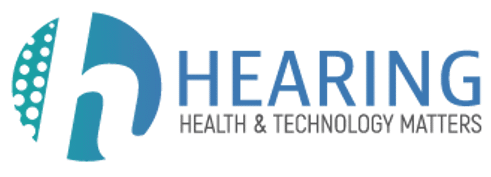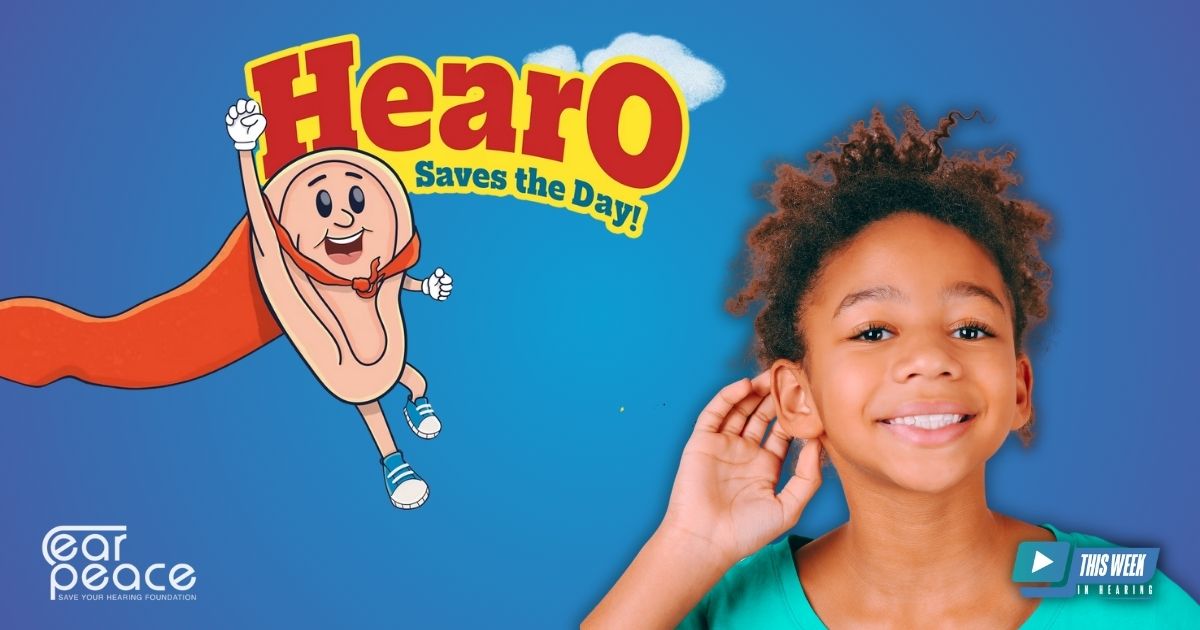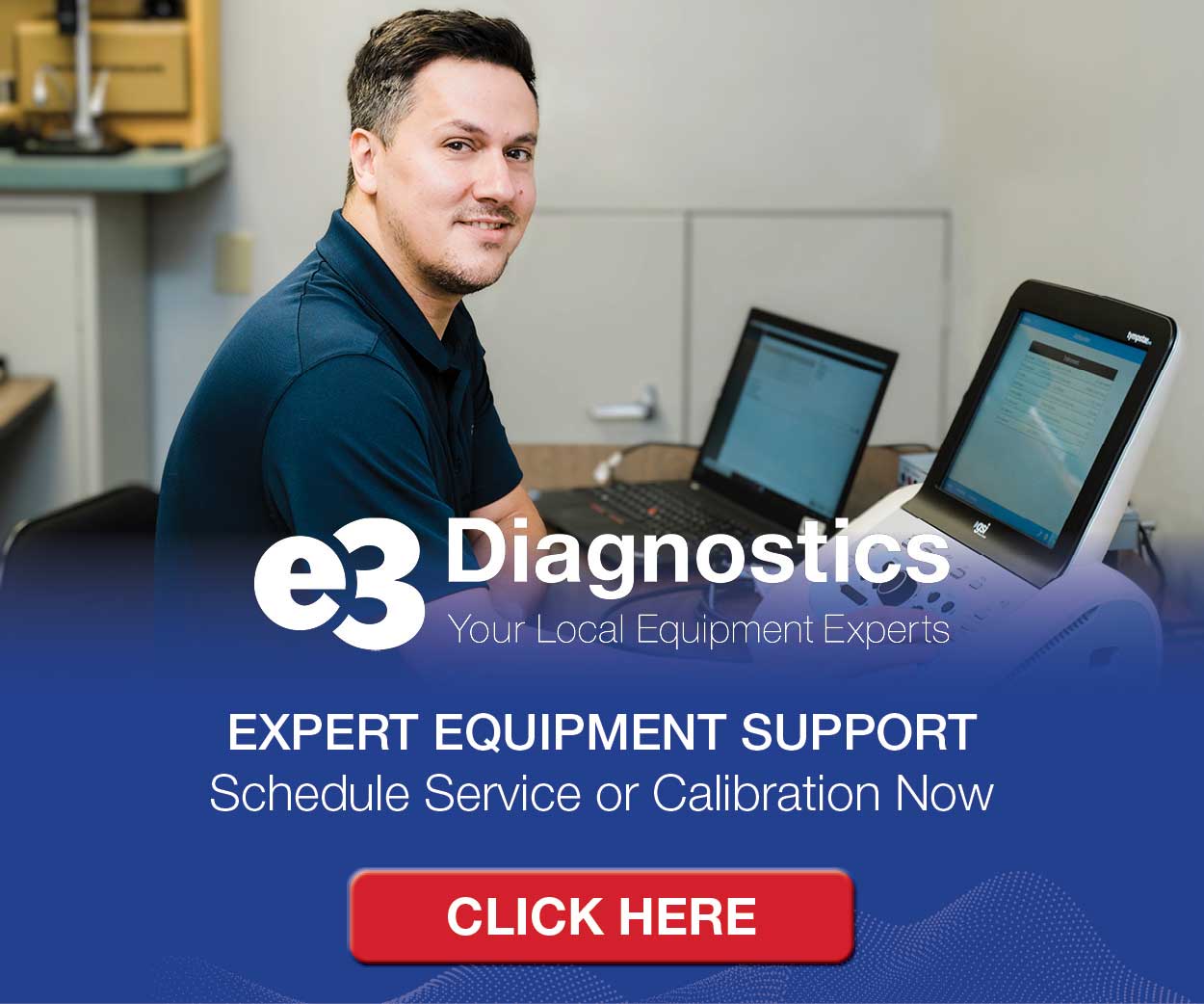Noise-induced hearing loss is on the rise among children, often due to prolonged exposure to loud music and environments without proper hearing protection. In this episode, Dr. Sherilyn Adler, Executive Director of the Ear Peace Foundation and co-author of HearO Saves the Day, discusses how her new children’s book introduces the concept of hearing protection in a fun and accessible way.
Created with Adele Sandberg, the story follows a young superhero who helps kids understand the dangers of loud sound and how to prevent permanent hearing damage. Dr. Adler explains how the book can be a powerful resource for families, educators, and audiologists to start conversations early and foster healthy hearing habits that last a lifetime.
Resources:
- Learn more about HearO Saves the Day: https://www.earpeacefoundationpress.com/hearo-book
- Learn more about Ear Peace Foundation: https://www.earpeacefoundation.org/
Full Episode Transcript
Welcome to This Week in Hearing. I’m Shari Eberts, and today we’re talking with Dr. Sherilyn Adler, a psychologist who serves as the executive director and lead educator for Ear Peace. Save Your Hearing Foundation. Ear Peace Foundation is an educational, nonprofit organization working to make young people aware of the dangers of noise induced hearing loss and motivate them to protect their hearing. Recently, Sherilyn added the title of children’s author to her resume with the publication of Hero Saves the Day, An Adventure in Music, Health, and Hearing Protection, which is a children’s book that takes on the challenge of educating young children about how and why they should protect their hearing in loud situations. And with 1 in 5 US teens experiencing permanent hearing loss by age 19, mostly due to exposure to recreational sounds, this book is an important tool in the fight against noise induced hearing loss. So thank you, Sherilyn, for being here today to talk about your mission and the book. Well, thank you so much for having me. It’s a pleasure. So let’s talk a little bit about what inspired your passion for preventing hearing loss, and how that passion led you to your current role at Ear Peace Foundation. Okay. My co author, Adele Sandberg, and I are both passionate about hearing loss prevention. Adele, who is a mother, grandmother, and a lifelong educator, was an avid Miami Heat basketball fan and was concerned about the loud sound at basketball games. Once she discovered how dangerous this exposure was, she created Ear Peace Foundation to teach the next generation how to protect their hearing. My passion stems from a personal place. When our son was born with profound hearing loss, I saw firsthand how life changing hearing issues can be. While his hearing loss was genetic, I was shocked to learn that so many children with normal hearing were permanently damaging their hearing simply because they and their families weren’t aware of the simple steps they could take to protect themselves. Yeah it’s incredible, actually, how little information there is out there about hearing loss in general and about how to prevent hearing loss, because a lot of noise induced hearing loss is actually preventable. That’s the good news. Right? So is very good news. Yeah. So in your mission or in your work, have you found that people are interested in hearing loss prevention? I mean, I think they should be, and obviously they should be. But sometimes it’s hard to get them to be interested. What do you think we can do to raise the importance of this issue with the general population? Well, we often joke amongst ourselves that hearing loss is not a sexy topic. Exactly. So, sadly, there is minimal public awareness about a global epidemic. Right. So this type of hearing damage is progressive. It’s typically painless. So most people don’t know that they’ve damaged their hearing and it’s permanent. Right. So how do we raise the importance of it? Well, first, everybody has to know that 20% of American kids already suffer from permanent hearing loss by the age of 19. I mean, they, they need to know that that’s already happening. Next, everybody needs to know that this type of hearing loss, while it’s permanent once it happens, is 100% preventable. And third, everybody needs to know the four easy ways to prevent noise induced hearing loss. So I have a question for your audience. Do you know the four simple ways to prevent hearing damage from dangerously loud? Well, they may not be able to answer in real time, but why don’t you tell us? So the four ways. Number one, pay attention to the sound around you. Number two, walk away from loud sound. The greater the distance, the safer the sound. Number three, turn down the volume. Softer is safer. And four, we are hearing protection super easy and incredibly effective at preventing this type of hearing damage. Yeah, absolutely. I remember when my son was young and I went into his classroom at some point and was talking about my hearing loss and the importance of hearing loss prevention. And I even brought a decibel reader. Like a handheld yeah, reader. And the kids were fascinated by this. And so it’s just, even if you sort of make people aware of the fact that sounds can be louder if you’re closer to them and softer when you’re farther away from them and how that can be an important part of preventing hearing loss, it’s such a small thing, but if you raise that awareness it can have a big impact on people’s lives. So I love the work that you’re doing. Well, thank you. So what are some of Ear Peace Foundation’s main activities and initiatives? You know, how do you get this message out there? Well, for over 15 years now, we’ve been working primarily with schools. We developed a free classroom program for 3rd through 12th graders that can be taught in a single class, period. It’s a plug and play lesson that meets STEM or STEAM standards and is available to educators completely free of charge. We’ve also used the same module to teach college and graduate level students, their professors, and other professionals like physicians, public health specialists, and music educators about this issue. We also have a really important protect band program for young performing musicians. You mentioned the 1 in 5 statistic earlier. For teens, musicians are at even higher risk with 45% having permanent hearing loss by the age of 25 if they’re involved in a musical group. So it’s important to get this information out there. And then, of course, our newest initiative is our children’s adventure story, HearO Saves the Day. Yes. I love that book. So why write a children’s book? I. What. What was the plan? What do you hope to accomplish, and what has the reaction been so far? Well, you know, we had been teaching older elementary school through seniors in high school with our program, and we realized that we really wanted to reach younger kids. But when we looked for materials, they didn’t exist. No resources were available to teach younger children about this serious health issue. And so Adele decided if we wanted to have a book, we were going to have to create it ourselves. And so we strongly believe that hearing safety should be taught beginning in infancy, the same way we teach our children about other safety behaviors, such as not touching a hot stove or looking both ways before they across the street, or wearing seat belts and bike helmets, or using sunscreen outdoors. Hearing safety should be just as foundational. So this book equips parents, teachers, librarians, musicians, healthcare professionals, anyone who cares about children to know the four ways to protect hearing and teach their kids how to practice hearing safety. So far, the reaction to the book has been overwhelmingly positive. I mean, we’ve received glowing reviews from parents, teachers, ents, audiologists, pediatricians and even some professional musicians. They love the story, they love the beautiful illustrations by our illustrator, Corinne Marie. They appreciate the important and accurate hearing health information in the book. And of course, they love how adorable our ‘HearO’ is. Well, and I love that it’s geared towards very young children, because I feel like that’s the age where they are the most open to these types of messages from adults about their wellness, about their health. And so the sooner we can make them aware of it and just incorporate it as part of a normal thing that we do in life. We brush our teeth every night, right? And we make sure that we wear our hearing protection or move away from loud sounds or whatever is appropriate in that situation. The sooner we can get them on board. I agree, is much better. And I think, you know, young parents are very interested in making sure their children grow up safely. And so they do that in every single aspect of their lives. It’s just up until now, they’ve been unaware that this was a safety issue, that this was an issue that could impact kids. And so, you know, we, we also recognize that the older young people get the harder the message is to, to change behavior. It’s much easier to, to shape a behavior than it is to alter a behavior that already exists. And so we’re, we’re excited about it. We had a wonderful report from a woman who had bought the book for, for her grandkids. She had bought it for her five year old granddaughter. But she wrote to me and she said, you know, you’re not going to believe this, but I was reading the book to your, to my grandkids. And my grandson, who’s only 2, learned about hearing protection. I asked him at the end of reading the stories, so what do you do to protect your hearing? And he told her to wear earmuffs. So although we didn’t really intend for the book to educate that age kids, when parents talk about things and their older siblings are interested in things it’s just part of family life. It becomes just something that you do. You know, it’s just like getting into the car and automatically sitting in your car seat. I mean there’s, it becomes unconscious. It becomes something that we just do automatically. And that’s what we hope for, right? And children, I think, I think they absorb a lot more than we give them credit for. They’re watching what we do. So hopefully there are some take home messages for adults in the book as well. I mean it’s really for everyone to be able to take, take these steps. So what, what are some of those important take home message in HearO Saves the Day? Well, I want to just comment a little bit on what you just said because one of the things that we’ve also noticed and intended was that this is a book, a picture book that will mostly be read to children. And what we’re finding is that while the kids find it a super engaging, fun adventure story, the adults who are doing the reading are learning about this for the first time. So we really are looking for an audience of both kids and the adults who love those kids. So that we can find as many ways to reinforce the message of how precious our hearing is to young people. So what are the important take home messages in HearO? Well, probably the most important take home message is knowing that loud sound can be dangerous and that there are four ways to protect hearing. The message is provided using a children’s picture book, a children’s adventure book with a captivating storyline about a group of young friends who band together with a super hearing hero to save a little girl’s hearing from the dangers of loud sound. And along the way they learn about ear anatomy, how sound is processed, and the four specific ways to protect their hearing. Well, I enjoyed reading it myself and if my kids were younger, I certainly would have chosen this as a wonderful bedtime story. So. Well, thank you so much. That is a tremendous compliment coming from you. Oh, well, thank you. So how can parents and families best share these important messages with the children in their lives? How should they use the book? Okay, so for the people listening, I have a question again. I’ll answer it. When you want to make an impact, what do you do? So truly the best thing that parents, grandparents and other caring adults can do is to lead by example. Young kids want to do what their grown ups and other siblings are doing. Be a role model yourself and practice safe listening and using hearing protection yourself in loud situations. Of course the next thing that we recommend is that you get the book that you read, HearO to children. We really believe that it can change their lives. Other things people can do, they can donate a book to their child’s classroom or local library or their pediatrician’s office. They can give them as gifts. And lastly, just continue to pay attention and engage in ongoing conversations about hearing safety. Your own awareness and example will be what educates and protects others. I love that message. I think it’s so important that all of us be advocates for healthy hearing and for preventing hearing loss. Sort of every day when we’re out in everyday situations. And if we speak up at a restaurant and ask them to turn down the music or if we’re at a concert and we’re wearing our earmuffs or our earplugs we do set an example for other people. My, my husband and I were recently at a, a concert and we were wearing our noise canceling headphones and someone behind us said, do you mind if I ask you why you’re wearing those? And as an advocate I was like, I don’t mind, I love That I didn’t even have to tell you, you asked me. And so it was just created this perfect opportunity to just spread the information just by leading by example. So I love that that can happen with this book as well. It’s, you know, it’s such an important message. You know, I love seeing events on television, especially things like concerts or sporting events where the environment is just so dangerously loud and seeing parents who have their infants wearing earmuffs, you know, and I think that we’re beginning to see it a little more often. It would be nice if the venues could turn down the volume a bit. But look, we live in a loud world, you know, and our ears, evolutionarily wise, they haven’t caught up. And so, you know, we, we do need to protect our hearing if we want to be able to, to live our lifetime being able to enjoy music and other sounds. I think a lot of people assume that hearing loss is an age related phenomenon that kind of only happens to old people. And yet when they look at cultures who have quiet environments that don’t live in a big urban setting like most of us do, what they find is that their hearing lasts a lifetime for many of them. For many of them. And that, you know, hearing loss damage is cumulative. So you know, if we start from the very beginning when, when people are very young, then we have a pretty good chance of protecting the hearing that we have. No. Thats very interesting. So let’s talk a little bit about how you see HearO Saves the Day being used in educational settings, maybe in classrooms or broader hearing health campaigns. So we would love to see HearO Saves the Day incorporated into the curriculum of pre K through fourth grade classrooms. Weve developed free resource materials for teachers to use that accompany the book. We have illustrations that young kids can color. We have online games that teach kids about hearing safety based on the story itself. For any educators listening teachers should know that we have steam, STEM and SEL standards based materials for use with HearO Saves the Day. It includes digital integration of classroom materials and worksheets. And we also have modules, really fabulous modules on exploring sound and sound safety, each of which include lesson plans two sets of presentation slides and interactive question sets for use on these educational gaming platforms like Kahoot and Bluekit and Gimkat. And of course Hero and its supplemental materials are also ideal for music teachers, scout leaders, homeschooling families really anyone who works with or cares about young kids. The materials are engaging, they’re educational and they’ll empower kids and adults to protect their hearing. And just a reminder that all of the classroom materials are available without any cost. Thats wonderful. I mean you certainly are making it easy for people to incorporate these messages in. We are trying, we are trying our best. Absolutely. Well, what can people do to get involved in this movement? You know, how can people help you to get this message out there? Well, we want to make this invisible issue visible. And so there are many ways people can get involved. Number one, make hearing safety a priority for your family, your friends, students and communities. Number two, practice the four simple ways to protect hearing to prevent noise induced hearing loss. Three is talk about it. Help spread the word about this preventable health issue. Other ways to get involved. Purchase HearO Saves the Day. We have an ebook, paperback book and our beautiful 10×10 hard cover edition is now available for pre order on Amazon and will be available soon on other online retailers. So really excited, excited about that. People can bring HearO to their school and read it to their kids classroom. Share it with your family, your friends, your scouting or worship organizations, you know, music groups. Share it with local libraries. And then ask your school, ask your kids school if they include hearing safety education and then request that they use HearO or our free classroom educations educational programming on noise induced hearing loss and its prevention in their classrooms. We have the hearing curriculum for older kids available and we have the HearO based curriculum for the younger kids. Our kids deserve to be taught about how to safeguard their hearing. Encourage your teens and young adults to volunteer with us. We have a wonderful ambassador program. Students can become foundation ambassadors for hearing health and they can even receive community service credit. We are always looking for bright young people to be classroom readers, to be presenters and media creators. They’re the best at that, aren’t they? They are. So we, we really welcome their creativity, enthusiasm and voices. And just as a quick aside, you know, we find that young kids love learning from older kids. I mean you know, they learn from adults, you know, but they really, really pay attention and take to heart the messages that they get from older kids. So we would invite people to, to volunteer with and then the last thing people can do is to donate to Ear Peace Foundation. We’re a 501c3 educational nonprofit with a wonderful sponsorship program where individuals, companies or organizations can make a donation and we will provide free books and lessons to underserved classrooms, schools and communities. I don’t think I mentioned earlier that all royalties and proceeds and of course, 100% of donations will be used to further hearing safety education. So of course we invite anyone interested in our book, our foundation, or anybody who has questions to contact us. You can reach us at info@earpeacefoundation.org spelled peace – P E A C E And we urge everyone listening to become a super hearing hero in their own family and community as well. Well, that is a lot of ways so people can really find something that works for them. I appreciate that. Good list. And I, and I cut that list down. Well, I like to have choices, so that’s wonderful. So, any final thoughts you’d like to share with us today? Yes, Adele and I want to thank you so much for your own ongoing work about hearing loss education and for your willingness to help us shine a light on noise induced hearing loss and its prevention so that the next generation can enjoy their hearing for a lifetime. Well, thank you for saying that. Its It’s something that I care about very deeply, so I am very happy to help you do the tremendous work that you’re doing. Well, I thank you so much, Sherilyn, for being on the podcast today and sharing your expertise and all of the information about HearO Saves the Day and Ear Peace Foundation. And you mentioned that they can email you. They can Also check out earpeacefoundation.org so thank you so much. It was great talking with you. Thank you so much for having us.
Be sure to subscribe to the TWIH YouTube channel for the latest episodes each week, and follow This Week in Hearing on LinkedIn and on X (formerly Twitter).
Prefer to listen on the go? Tune into the TWIH Podcast on your favorite podcast streaming service, including Apple, Spotify, Google and more.
About the Panel
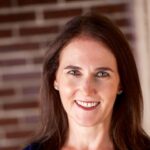 Shari Eberts is a passionate hearing health advocate and internationally recognized author and speaker on hearing loss issues. She is the founder of Living with Hearing Loss, a popular blog and online community for people with hearing loss, and an executive producer of We Hear You, an award-winning documentary about the hearing loss experience. Her book, Hear & Beyond: Live Skillfully with Hearing Loss, (co-authored with Gael Hannan) is the ultimate survival guide to living well with hearing loss. Shari has an adult-onset genetic hearing loss and hopes that by sharing her story, she will help others to live more peacefully with their own hearing issues. Connect with Shari: Blog, Facebook, LinkedIn, Twitter.
Shari Eberts is a passionate hearing health advocate and internationally recognized author and speaker on hearing loss issues. She is the founder of Living with Hearing Loss, a popular blog and online community for people with hearing loss, and an executive producer of We Hear You, an award-winning documentary about the hearing loss experience. Her book, Hear & Beyond: Live Skillfully with Hearing Loss, (co-authored with Gael Hannan) is the ultimate survival guide to living well with hearing loss. Shari has an adult-onset genetic hearing loss and hopes that by sharing her story, she will help others to live more peacefully with their own hearing issues. Connect with Shari: Blog, Facebook, LinkedIn, Twitter.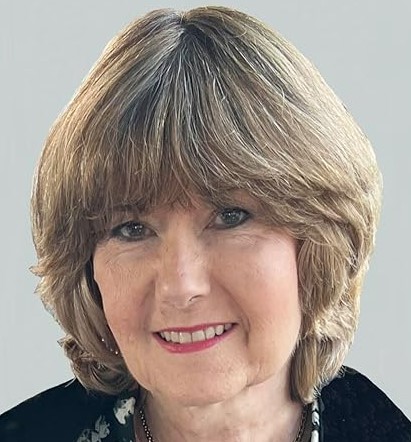 Sherilyn M. Adler, Ph.D. is a developmental psychologist, educator, and consultant. Her son was born with profound hearing loss and uses cochlear implant technology to hear. She is passionate about ensuring that children don’t unknowingly put their hearing at risk.
Sherilyn M. Adler, Ph.D. is a developmental psychologist, educator, and consultant. Her son was born with profound hearing loss and uses cochlear implant technology to hear. She is passionate about ensuring that children don’t unknowingly put their hearing at risk.

